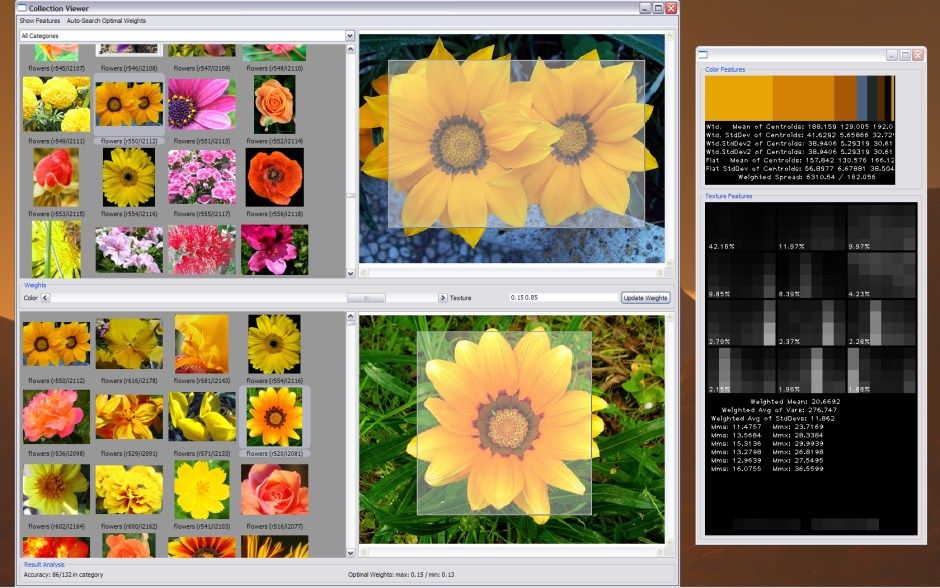📸 Snap, Search, Discover
Explore how AI-powered CBIR is revolutionizing photo search and organization for seamless and intuitive image retrieval.

Today's Highlights
- How AI is helping content-based image retrieval in photography
- Learn - a couple of courses to further your knowledge in AI
- AI Jobs - a listing of fresh jobs related to AI
- In Other News - a few interesting developments we're tracking
AI plays a pivotal role in Content-Based Image Retrieval (CBIR) in photography by enhancing the ability to search and retrieve images based on their actual content rather than metadata or keywords. Here are some everyday examples illustrating how AI improves CBIR in various photography-related applications:
Personal Photo Management
Automatic Tagging and Organization
- AI algorithms analyze photo content to automatically tag and organize images by objects, scenes, and people. For example, Google Photos groups photos by faces, while Apple Photos categorizes scenes like beaches, mountains, and events like weddings.
Stock Photography
Visual Similarity Search
- Stock photo platforms use AI to let users upload images and find visually similar ones. For instance, uploading a landscape photo retrieves images with similar colors, compositions, and objects.
E-commerce and Retail
Product Search by Image
- Users can take a photo of a product or an item they like and upload it to find similar products. For instance, snapping a picture of a pair of shoes can help find the same or similar shoes across different online stores.
Fashion and Home Decor Suggestions
- Platforms like Pinterest use AI to analyze the content of a photo and suggest similar fashion items or home decor ideas, enhancing the shopping experience by providing visually coherent suggestions.
Social Media
Content Recommendations
- AI analyzes the content of images shared by users to recommend similar content. For example, if a user frequently posts pictures of food, the platform may suggest food-related content, accounts, or hashtags.
Visual Search
- Instagram allows users to search for images similar to those they like, helping them discover new content and accounts that match their interests.
Security and Surveillance
Facial Recognition
- AI in smart home security systems can analyze video feeds to recognize faces and identify known or unknown individuals. This capability enhances security by providing alerts when unfamiliar faces are detected.
Object and Activity Detection
- AI can identify specific objects (e.g., packages, cars) and activities (e.g., someone entering a restricted area) within images and videos, enabling more effective monitoring and quick response to incidents.

Technical Aspects
Deep Learning Models
- AI uses deep learning, particularly Convolutional Neural Networks (CNNs), to learn features from images. These models are trained on large datasets to recognize patterns, textures, shapes, and other visual elements.
Feature Extraction and Embeddings
- AI extracts features from images and converts them into embeddings—numerical representations that capture the essence of the images. This allows for efficient comparison and retrieval based on visual similarity.
Semantic Understanding
- Beyond mere visual similarity, AI can understand the semantic content of images, such as the context or the scene depicted. This helps in providing more relevant search results.
AI enhances CBIR in photography by making image searches more intuitive and efficient, allowing users to find content-based images and improving experiences across personal photo management, stock photography, and social media.
📚 Learn
|
Parsons School Of Design
|
|
Scrimba
|
🧑💻 Jobs
|
Google
|
|
Apple
|
🔔 In Other News





